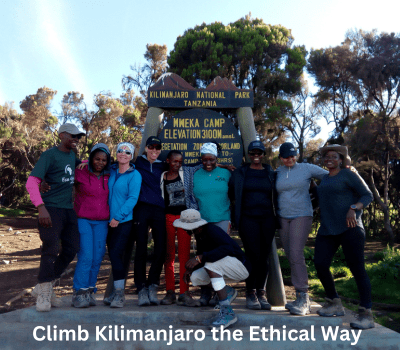What Happens If I Experience Altitude Sickness During the Kilimanjaro Climb
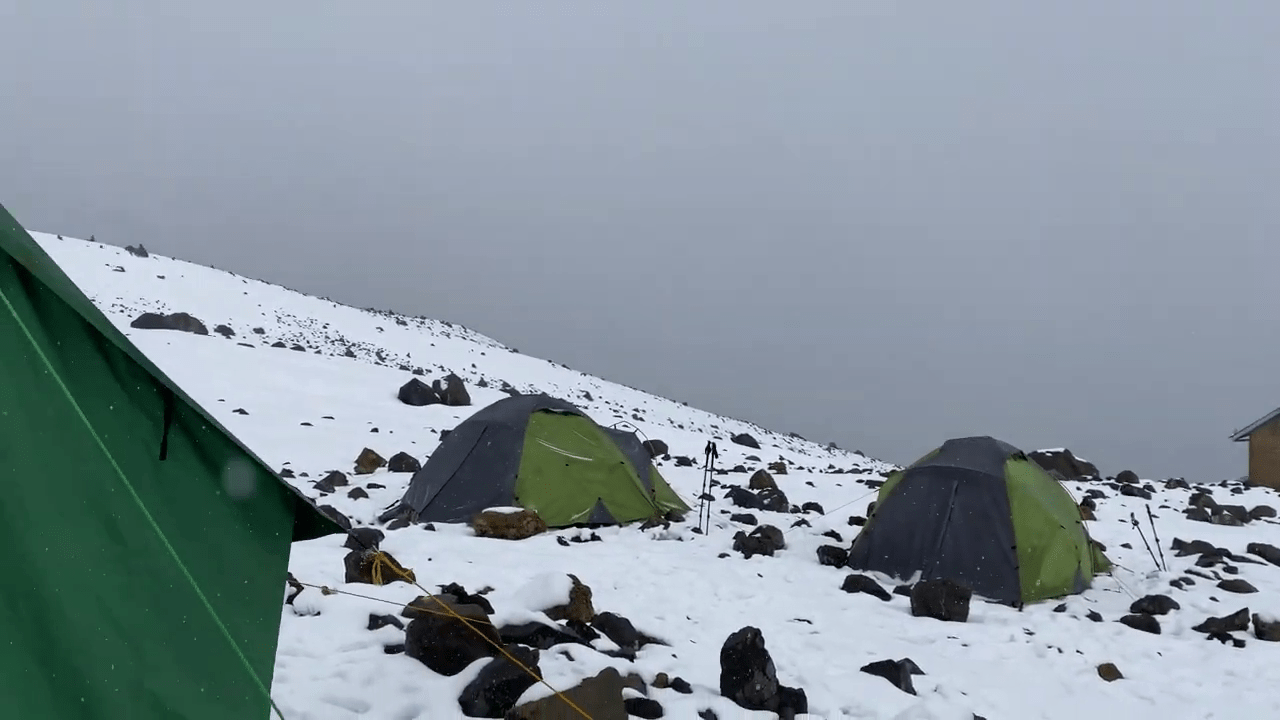
Introduction
Altitude sickness — also known as Acute Mountain Sickness (AMS) — is one of the most common challenges trekkers face when climbing Mount Kilimanjaro. As Africa’s highest peak, Kilimanjaro stands at a staggering 5,895 meters (19,341 feet), and that means you’re entering high-altitude territory where the air is thin and oxygen is limited.
But here’s the truth: while altitude sickness is serious, it doesn’t have to end your journey. The majority of climbers experience at least mild symptoms — and many still reach the summit safely with the right preparation, pace, and professional support.
So what really happens if you experience altitude sickness during the Kilimanjaro climb? In this article, we’ll break down the symptoms, the body’s response, what your guide team does, how to treat AMS, and when it’s time to descend. With the support of a safety-first, KPAP-affiliated company like Eco-Africa Climbing, you’re never alone in managing this risk.
What Is Altitude Sickness?
Altitude sickness occurs when your body doesn’t acclimatize properly to reduced oxygen levels at high elevations. As you ascend, the oxygen in the air gets thinner, and your body needs time to adapt. Without enough time, your body starts to react — sometimes mildly, sometimes severely.
Types of Altitude Illness:
- AMS (Acute Mountain Sickness): Mild to moderate symptoms. Common and treatable.
- HAPE (High Altitude Pulmonary Edema): Fluid in the lungs. Life-threatening.
- HACE (High Altitude Cerebral Edema): Swelling in the brain. Very serious and potentially fatal.
AMS is the most common and usually presents first. If ignored, it can progress into the more serious HAPE or HACE — which require immediate descent and medical attention.
To understand the full picture, check this guide:
Kilimanjaro Altitude Sickness Guide
Common Symptoms You Might Experience
Altitude sickness feels different for everyone, but here are the most typical symptoms you might face as you ascend Kilimanjaro:
- Headache (especially behind the eyes or forehead)
- Nausea or vomiting
- Loss of appetite
- Dizziness or feeling unsteady
- Fatigue or weakness
- Difficulty sleeping
These are signs your body is reacting to the lower oxygen levels. If you experience them, don’t panic — most cases are mild and can be managed on the mountain with hydration, rest, and medication.
At Eco-Africa Climbing, your guide monitors you twice daily with a pulse oximeter to check your oxygen saturation and heart rate — key indicators of how well your body is coping.
What Happens If You Report Symptoms
If you start feeling any of the above symptoms, the first and most important thing is to report them to your guide immediately. This is not the time to “tough it out.” Guides from KPAP-partnered operators like Eco-Africa Climbing are trained to assess symptoms quickly and make a decision about treatment or descent.
Here’s what typically happens:
- You get checked using a pulse oximeter.
- Your guide assesses your hydration, food intake, and sleep.
- You’re given Diamox if appropriate — a safe altitude drug that relieves symptoms.
- You rest, hydrate, and possibly pause your ascent for a few hours or an extra night.
Most climbers recover and continue safely. The earlier you speak up, the better your chances of reaching the summit.
Using Diamox and Other Treatments
When altitude sickness symptoms appear, one of the most commonly used and effective treatments is a medication called Diamox (acetazolamide). It helps your body adjust to lower oxygen levels by increasing respiration rate and reducing fluid buildup. At Eco-Africa Climbing,we remmend to consult your doctor before use Diamox so as to administered proper guidance when symptoms become moderate.
How Diamox Works:
- Speeds up acclimatization
- Relieves symptoms like headache, nausea, and fatigue
- Often used preventively for high-risk climbers
You can also ask your doctor to prescribe Diamox before your trip. Start with a test dose before arriving in Tanzania to make sure you tolerate it well. More info here:
Diamox for Kilimanjaro
How Eco-Africa Climbing Manages Altitude Emergencies
If symptoms don’t improve — or if they worsen — your guide may decide it’s time to descend. This is the best treatment for severe AMS, HAPE, or HACE. Descending even 500 meters can often relieve symptoms immediately.
Here’s how Eco-Africa Climbing keeps you safe:
- Pulse oximeter checks: Twice a day, morning and evening
- Guides trained in high-altitude rescue (Wilderness First Responder Certified)
- Emergency oxygen available on every climb
- Helicopter rescue system available if symptoms are life-threatening
They follow KPAP-standard safety protocols. All climbers are briefed before and during the trip, and your health is monitored more closely as you ascend past 4,000 meters.
Want to know the full safety plan? Visit:
Mountain Safety Procedures
Evacuation and Helicopter Rescue
In rare but serious cases, altitude sickness requires immediate evacuation. This could mean a fast descent on foot — or a helicopter rescue arranged through KiliMedAir or Tripical ). Not every company is qualified to coordinate this. Eco-Africa Climbing is fully partnered with KiliMedAir and knows how to trigger an emergency extraction quickly.
Here’s how it works:
- Climber shows signs of serious illness (loss of consciousness, HACE, HAPE)
- Guide contacts the KSAR team using satellite phone or GPS
- Chopper lands at designated zones (like Barafu Camp or Horombo)
- Patient is flown to the hospital in Moshi or Arusha for treatment
This service requires specific insurance — so don’t forget to read this:
Kilimanjaro Travel Insurance
Real Climbers, Real Recoveries
Hundreds of clients have experienced AMS on Kilimanjaro — and most went on to reach the summit thanks to early reporting, proper treatment, and expert guidance. Here are a couple of real stories from past clients of Eco-Africa Climbing:
Anna, UK — 7-Day Machame Route
“I had a headache and nausea on day 3. I told my guide, and they had me rest and and I use Diamox. The pulse oximeter showed I was adapting. After a short delay, we continued. I made it to the summit without pushing too hard.”
Carlos, Brazil — 8-Day Lemosho Route
“On day 5 I couldn’t sleep and felt dizzy. The guides immediately checked me, gave me warm tea, and let me rest an extra day at Barranco. No pressure. I felt better the next day and reached Uhuru with tears in my eyes. Best decision ever.”
This is how real mountain care looks. It’s not about pushing through — it’s about climbing smart.
Preventing Altitude Sickness Before You Even Start
The best way to handle altitude sickness on Kilimanjaro is to prevent it before it begins. That means training your body, choosing the right route, and packing the right gear. Remember, altitude affects everyone differently — it’s not about age or fitness, but how well your body adapts.
Prevention strategies before your climb:
- Train properly: Focus on cardio, endurance, and hiking with a pack. Use this plan: Kilimanjaro 12-Week Training Program
- Consider pre-acclimatization: If possible, spend a few days at elevation (like in Arusha or the Ngorongoro Highlands).
- Get a medical check-up: Especially if you have asthma, heart issues, or any condition that affects respiration. Info here: Medical Check Before Climb
- Bring Diamox: Consult your doctor and test it at home before your trip.
Smart preparation means fewer surprises on the mountain — and higher chances of summit success.
Choosing the Right Route for Acclimatization
Not all Kilimanjaro routes are created equal. Some are short and steep, while others are long and gradual — giving your body more time to adjust. If you’re worried about altitude sickness, the route you choose is critical.
Best routes for acclimatization:
- 8-Day Lemosho Route: Ideal pace, gorgeous views, and two acclimatization days.
- 9-Day Northern Circuit: The longest, best-acclimatized route. Highest summit success rate (over 95%).
- Rongai Route: Gradual incline, dry conditions — less crowd, great for altitude sensitivity.
Avoid short routes like the 5-day Marangu or 6-day Umbwe if you’re prone to AMS or have never climbed at altitude before.
Compare routes side-by-side:
Compare Kilimanjaro Routes
Hydration, Nutrition & Pacing Tips
Your daily habits on the mountain have a massive impact on how your body handles altitude. Even if you’re fit, you’ll struggle if you’re dehydrated, hungry, or walking too fast.
Here’s how to stay strong at altitude:
- Hydrate constantly: Aim for 3–4 liters of water daily. Add electrolytes to support energy and recovery.
- Eat, even when not hungry: Loss of appetite is common, but your body needs fuel to adapt.
- Walk pole pole (“slowly” in Swahili): Don’t race — your guide sets the pace for safety and success.
- Sleep and rest well: Use earplugs, warm gear, and extra layers to recover overnight.
Want to know what meals you’ll eat on the mountain? Here’s the breakdown:
Food on Kilimanjaro
And don’t forget to pack light but smart. Here’s your gear checklist:
Kilimanjaro Gear List
Conclusion: AMS is Real — But Manageable
Altitude sickness is the most common challenge faced by climbers on Kilimanjaro — but it’s not a reason to give up on your dream. With proper preparation, the right itinerary, and a professional support team like Eco-Africa Climbing, AMS can be managed safely and effectively.
The key is to listen to your body, report symptoms early, and never rush. Whether you’re doing a group climb, solo, or luxury route, your safety should come first. That’s what sets Eco-Africa apart — their attention to detail, ethical practices, and world-class care.
Helpful Resources for Kilimanjaro Safety
- Altitude Sickness Guide
- Diamox Information
- 12-Week Fitness Plan
- Helicopter Rescue Overview
- Contact Eco-Africa Climbing
FAQs: Altitude Sickness on Kilimanjaro
What is the fastest way to treat altitude sickness?
Descending to a lower altitude is the most effective method. Medications like Diamox can help, but nothing beats going down.
Will I definitely get AMS on Kilimanjaro?
Not necessarily, but mild symptoms affect most climbers. Serious cases are rare with a slow ascent and expert monitoring.
Can I keep climbing if I have symptoms?
It depends on severity. Mild symptoms can be managed, but moderate to severe AMS requires descent. Your guide will decide.
Is Diamox safe for everyone?
Most people tolerate it well, but check with your doctor first. Start taking it before your climb if recommended.
What if I need emergency help?
Eco-Africa Climbing carries oxygen, trains all guides in rescue protocol, and can arrange helicopter evacuation via KSAR if necessary.
Final Call to Action
Ready to climb smarter, safer, and with a team that puts your health first? Trust Eco-Africa Climbing — the KPAP-affiliated, Tanzanian-led team offering 7-star service on Africa’s greatest adventure.
Don’t wait until you’re on the trail to think about altitude. Get expert support today:
Contact Eco-Africa Climbing
Share:
Related Posts
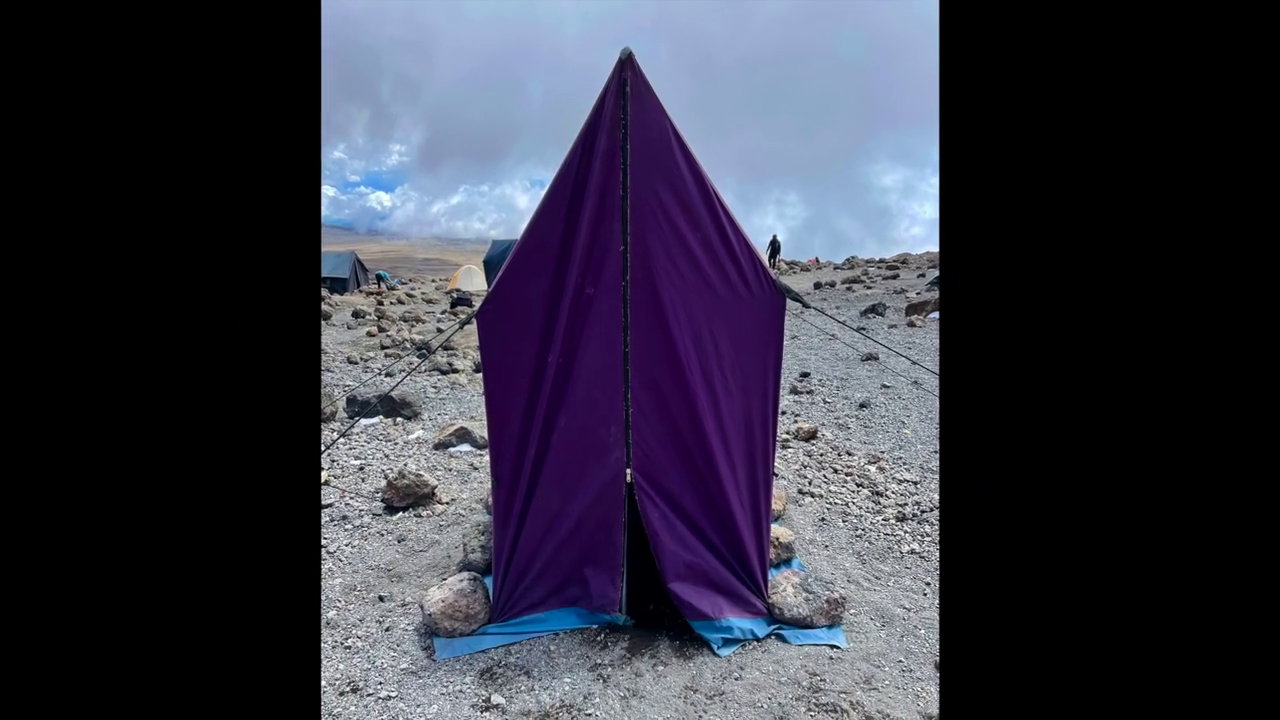
bathroom on mountain kilimanjaro
Bathroom on Mountain Kilimanjaro: What to Expect and How to Prepare Introduction One of the most common — and least discussed — questions from people
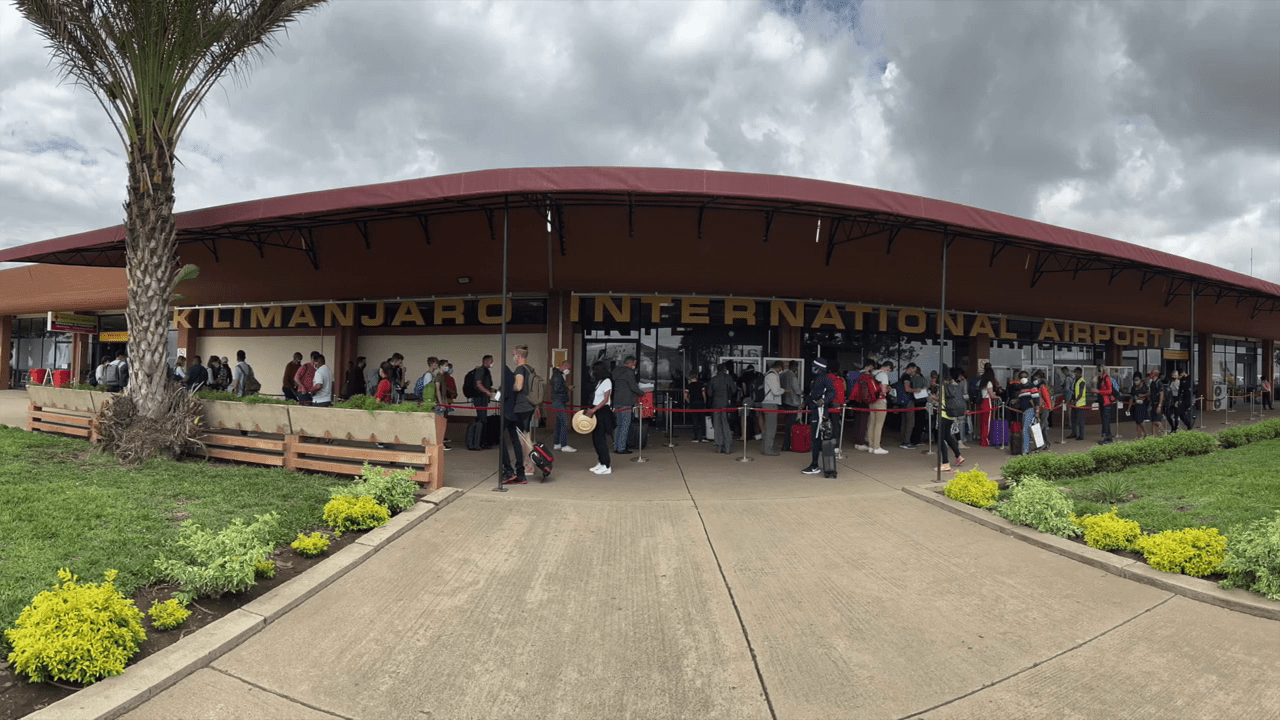
Are Guides Readily Available in Tanzania Without Prior Booking?
Are Guides Readily Available in Tanzania Without Prior Booking? Introduction: Should You Risk Climbing Without Pre-Booking? Climbing Mount Kilimanjaro is a dream for many adventurers.
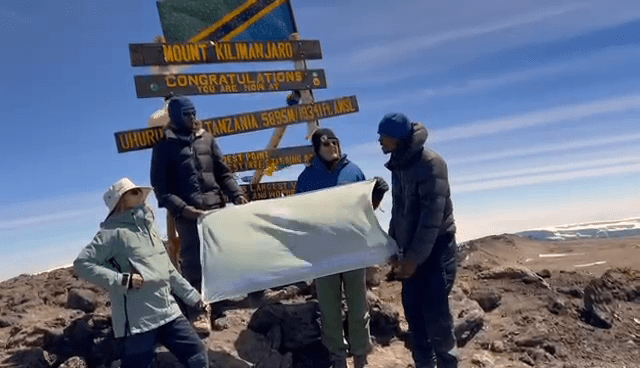
How Can I Find a Reliable Local Guide for My Kilimanjaro Expedition?
How Can I Find a Reliable Local Guide for My Kilimanjaro Expedition? Introduction: Why the Right Guide Is Key to Kilimanjaro Success Climbing Mount Kilimanjaro
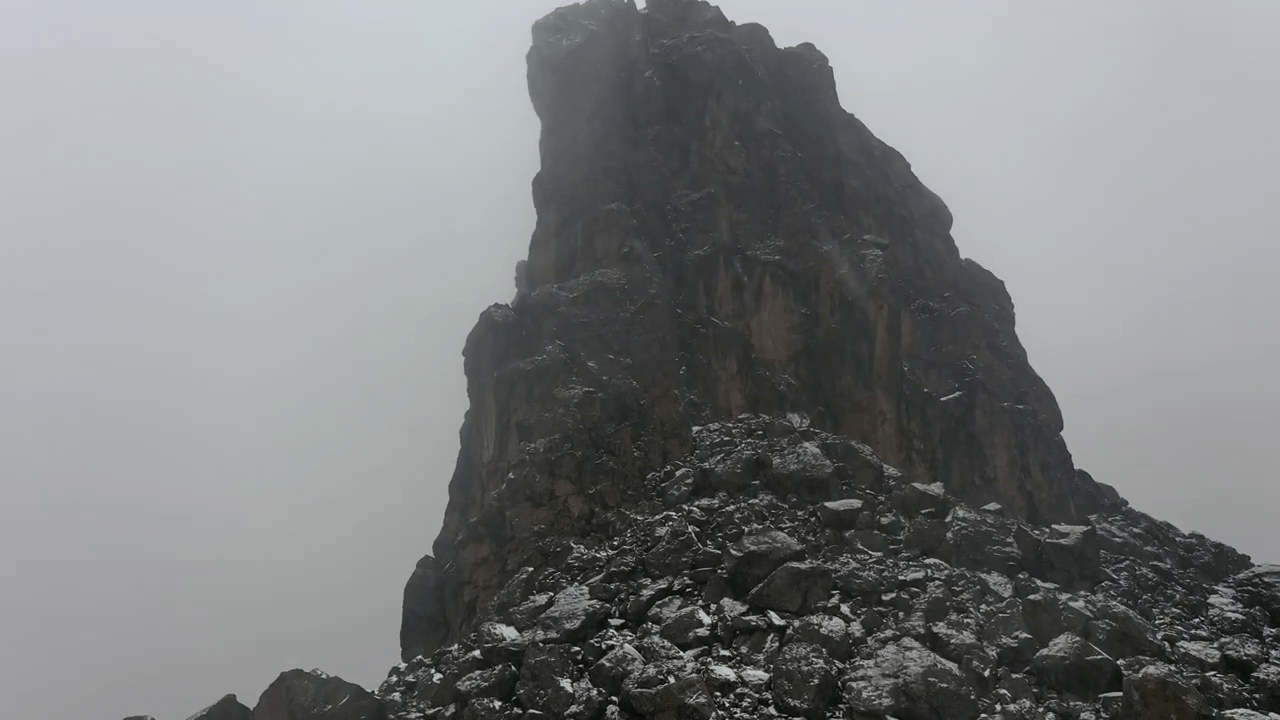
Is Climbing Kilimanjaro Dangerous for Individuals Without Mountaineering Experience?
Is Climbing Kilimanjaro Dangerous for Individuals Without Mountaineering Experience? Introduction: The Myth of Danger and Experience Many aspiring adventurers wonder if climbing Mount Kilimanjaro is
